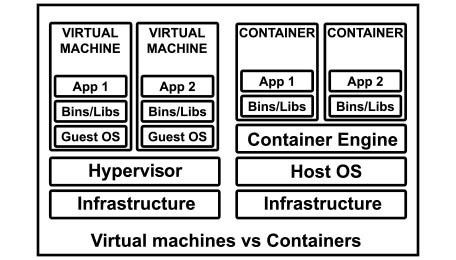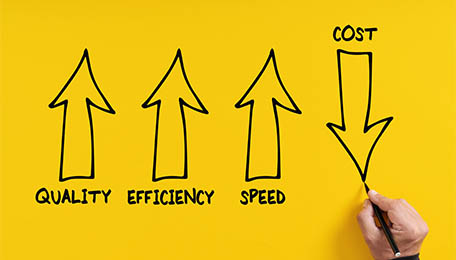Control rooms are at the center of operations for many critical industries, from utilities to transportation to emergency services. As technology evolves, so do the needs and strategies of these control rooms. One of the most significant trends currently reshaping control room environments is the move to virtual machines (VMs). Key factors to keep in mind include the reasons behind this shift, the challenges it brings, and how IP KVM solutions address these challenges.
Control rooms must manage and monitor complex systems and processes, in real-time. This requires high reliability, rapid access to data, and seamless communication between various components. Traditional control room setups, relying on dedicated hardware for each function, can be cumbersome and difficult to manage. The need for scalability, flexibility, and efficient resource use drives the push toward modern solutions like VMs.

So exactly what is a virtual machine (VM)? Virtual machines are software-based emulations of physical computers. They run on a host system using hypervisor software, which allows multiple VMs to share the same physical hardware resources while operating independently. This technology enables significant improvements in efficiency, cost savings, and flexibility, making it an attractive option for control rooms looking to modernize.
When adopting VM technology, control rooms must consider several factors, including protocols, license models, and cloud deployment options. The choice of protocol impacts the performance and compatibility of VMs with existing systems. Common protocols include RDP (Remote Desktop Protocol), VNC (Virtual Network Computing), and proprietary solutions like PCoIP (HP Anywhere). VMs can operate under various licensing models, from perpetual licenses to subscription-based models. Organizations must evaluate which model aligns best with their operational and financial strategies. Deciding between public and private cloud solutions depends on factors like data sensitivity, control, and budget. Public clouds offer scalability and reduced capital expenditure, while private clouds provide greater control and security.
There are many reasons why businesses are transitioning their control room operations to include virtual machines. VMs allow control rooms to scale resources up or down quickly in response to changing demands, without the need for additional physical hardware.

By consolidating multiple functions onto a single hardware platform, VMs reduce the need for costly, dedicated hardware, lowering both capital and operational expenses. VMs enable rapid deployment of new applications and services, improving agility and response times. If a disaster occurs, VMs simplify backup and disaster recovery processes, as entire systems can be quickly restored from VM snapshots. VMs facilitate centralized management of resources, simplifying maintenance and updates.

Despite their advantages, migrating to VMs presents several challenges. VMs can experience performance degradation if not properly managed, especially in resource-intensive environments. Ensuring compatibility between VMs and existing hardware and software systems can be complex. Virtual environments can be vulnerable to security threats if not adequately protected. Personnel need to be trained to effectively use and manage VM environments, which can be time-consuming and costly.
IP KVM (Keyboard, Video, Mouse) solutions are designed to address these challenges effectively. IP KVM solutions ensure high-performance remote access to VMs, minimizing latency and providing real-time responsiveness essential for control room operations. Modern IP KVM solutions support a wide range of protocols and integrate easily with existing control room infrastructures, ensuring smooth transitions to VM environments, with centralized management so operators can monitor and control multiple VMs from a single dashboard. Advanced security features, including encryption and secure access controls, protect VM environments from unauthorized access and cyberthreats. IP KVM solutions are highly scalable, enabling control rooms to expand their VM environments easily as needs evolve.
The shift to virtual machines in control rooms represents a significant step forward in modernizing and optimizing these critical environments. By leveraging advanced IP KVM solutions, control rooms can overcome the challenges associated with VM migration and fully realize the benefits of this transformative technology.
Tom Fitzgerald, Black Box KVM Product Manager, adds: “Our goal as technology leaders in the KVM space is that our users don’t even know when they are connected to a physical or virtual machine. We make connections really simple for our users.”

Learn about Emerald® IP KVM from Black Box, featuring the Emerald GE Gateway, which gives multiple users simultaneously access to the same virtual machine (VM) via RDP or PCoIP. Before GE, only one user at a time could access the same VM.
Questions? Our technical experts are standing by to answer your questions about virtual machines and solutions for VM applications in IP KVM setups.